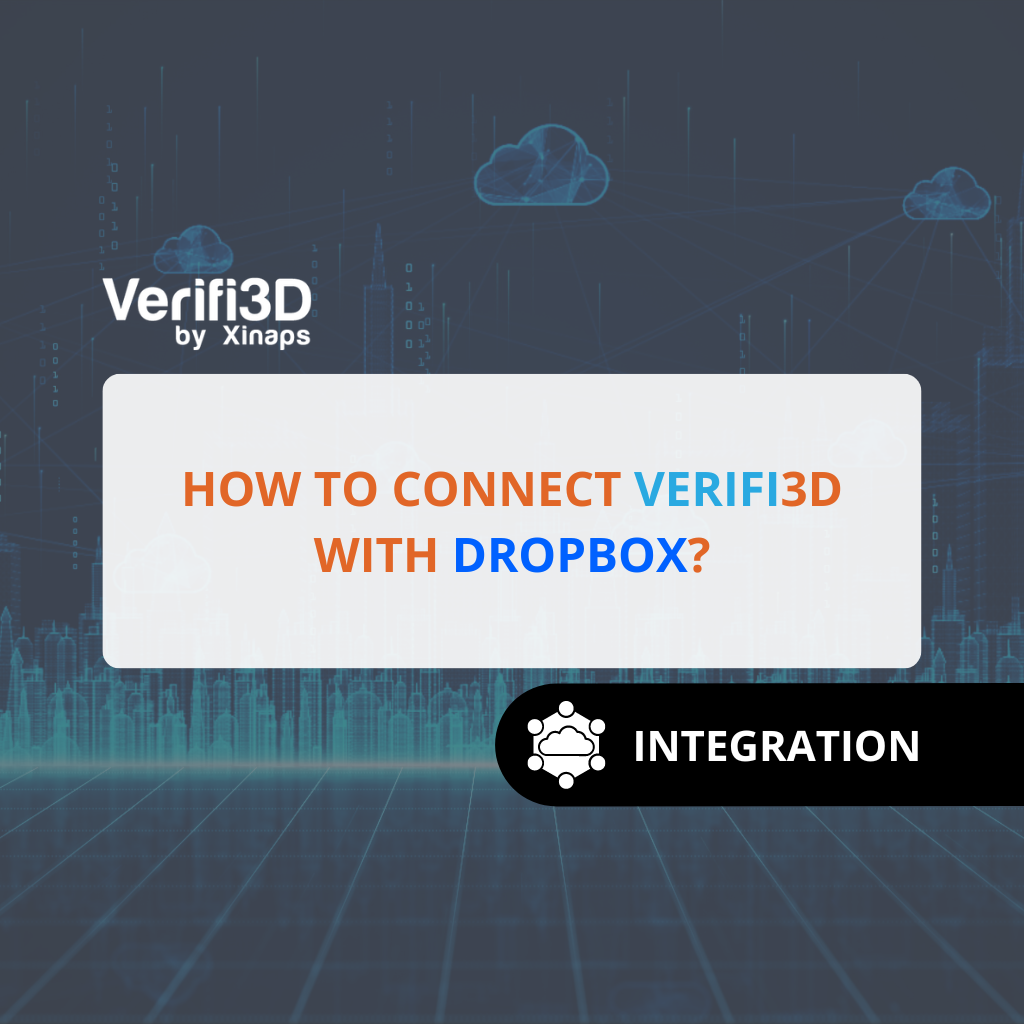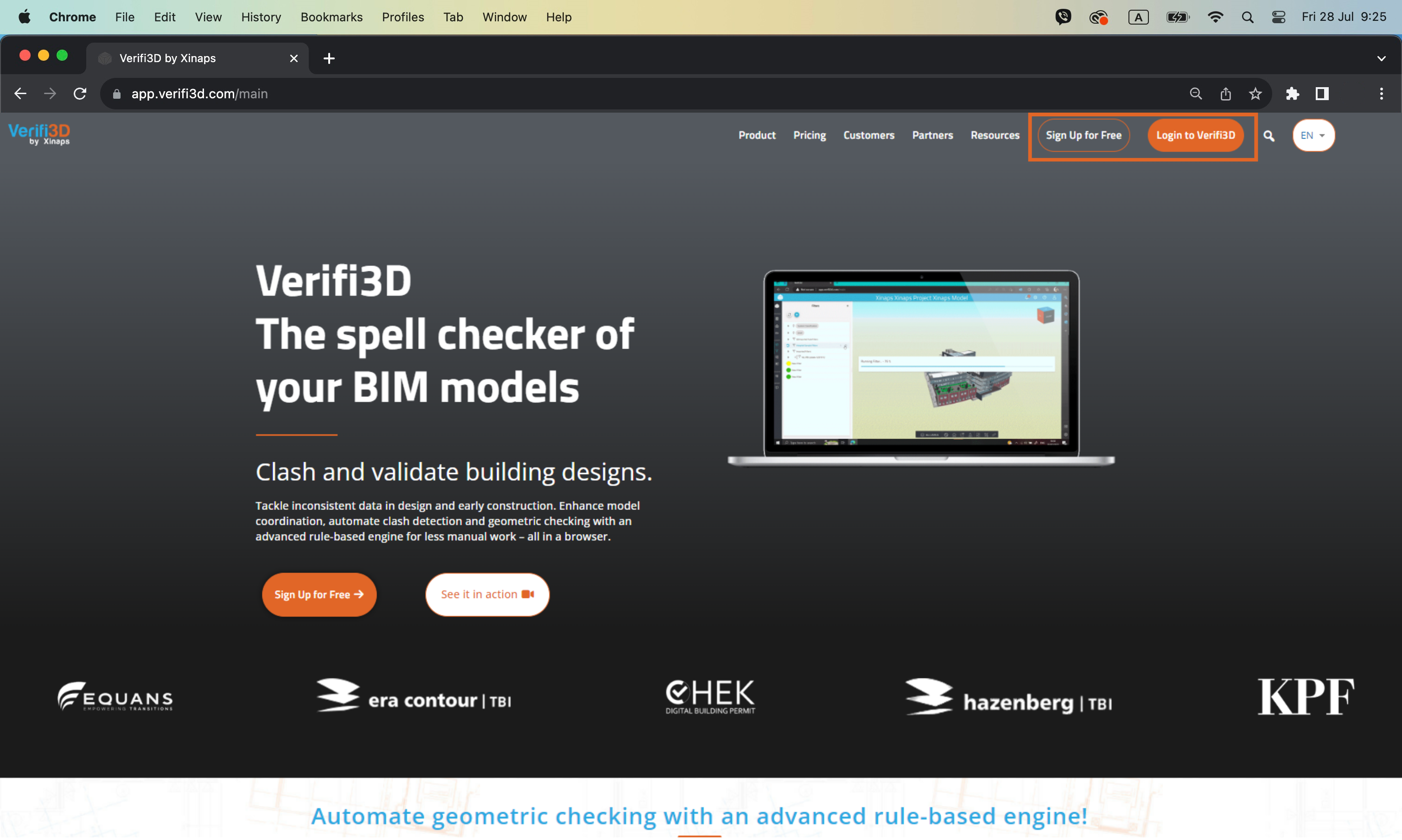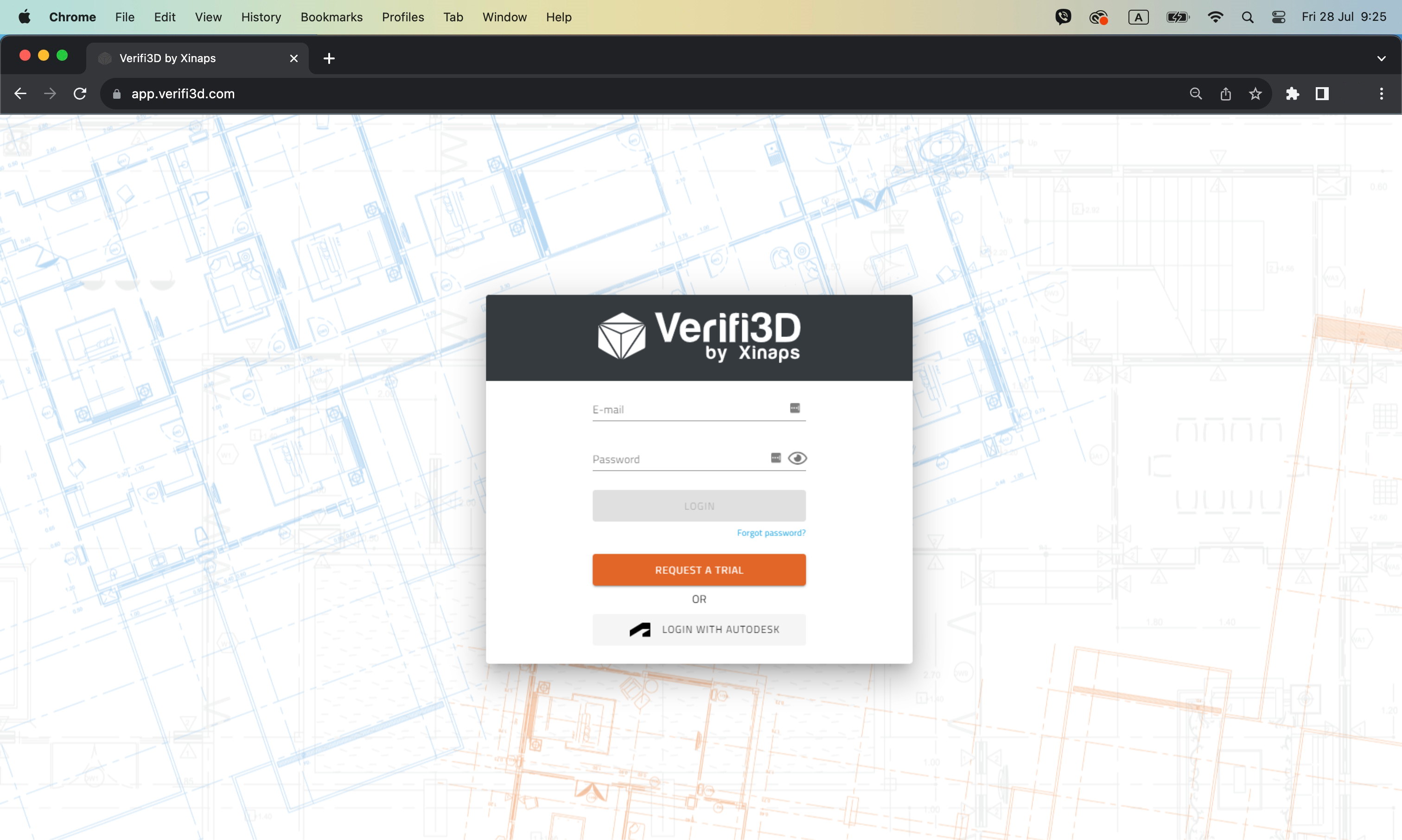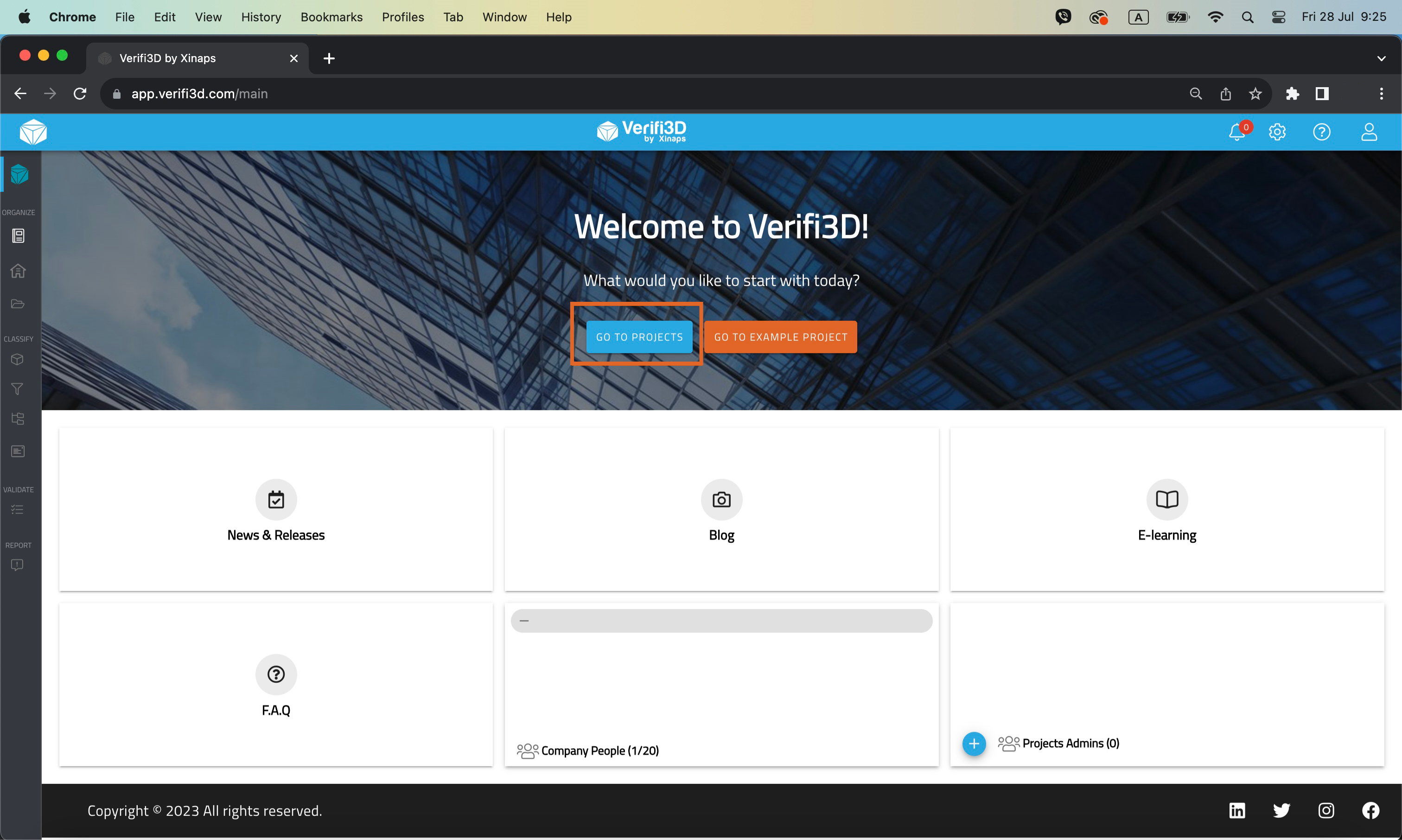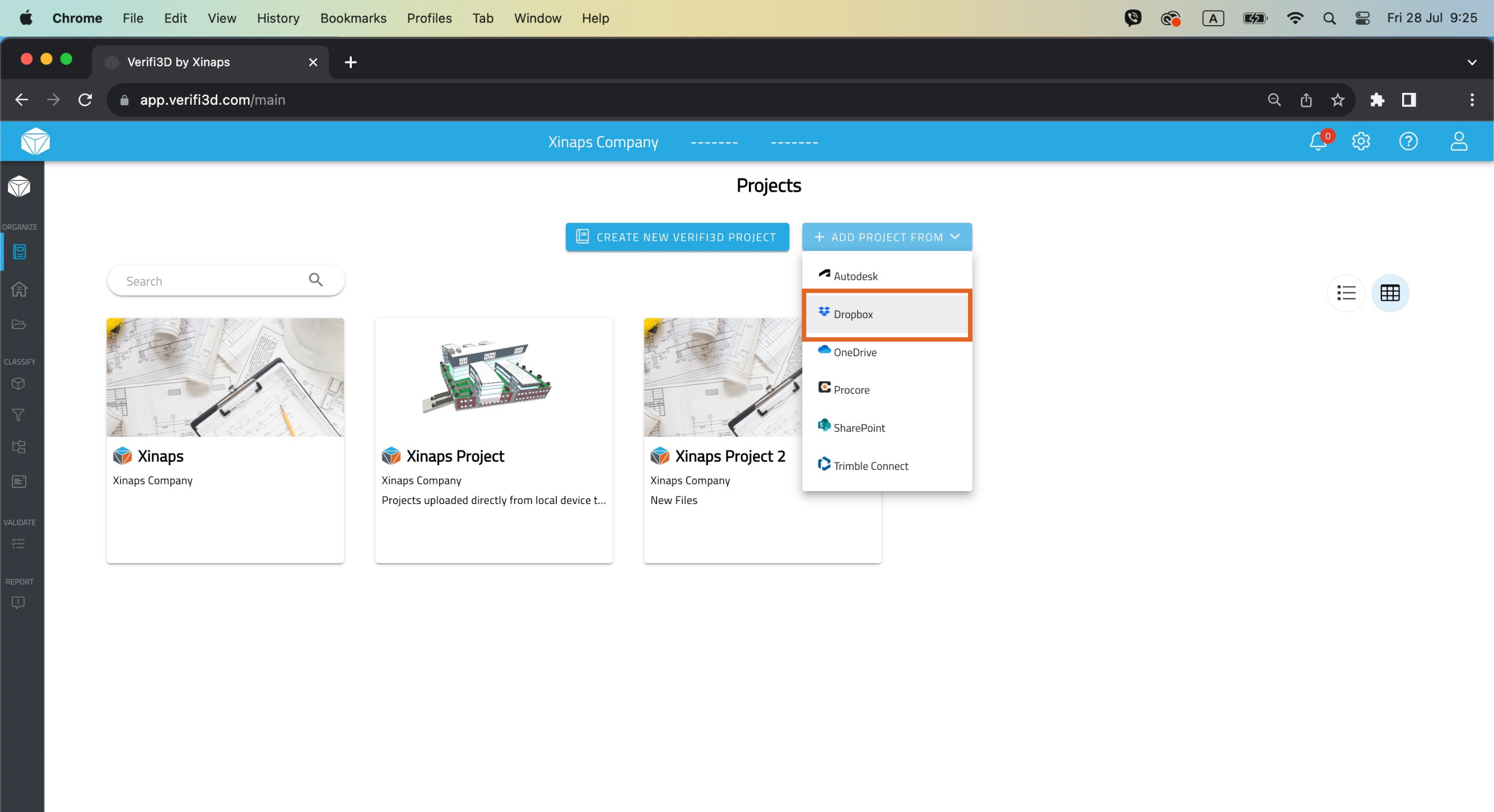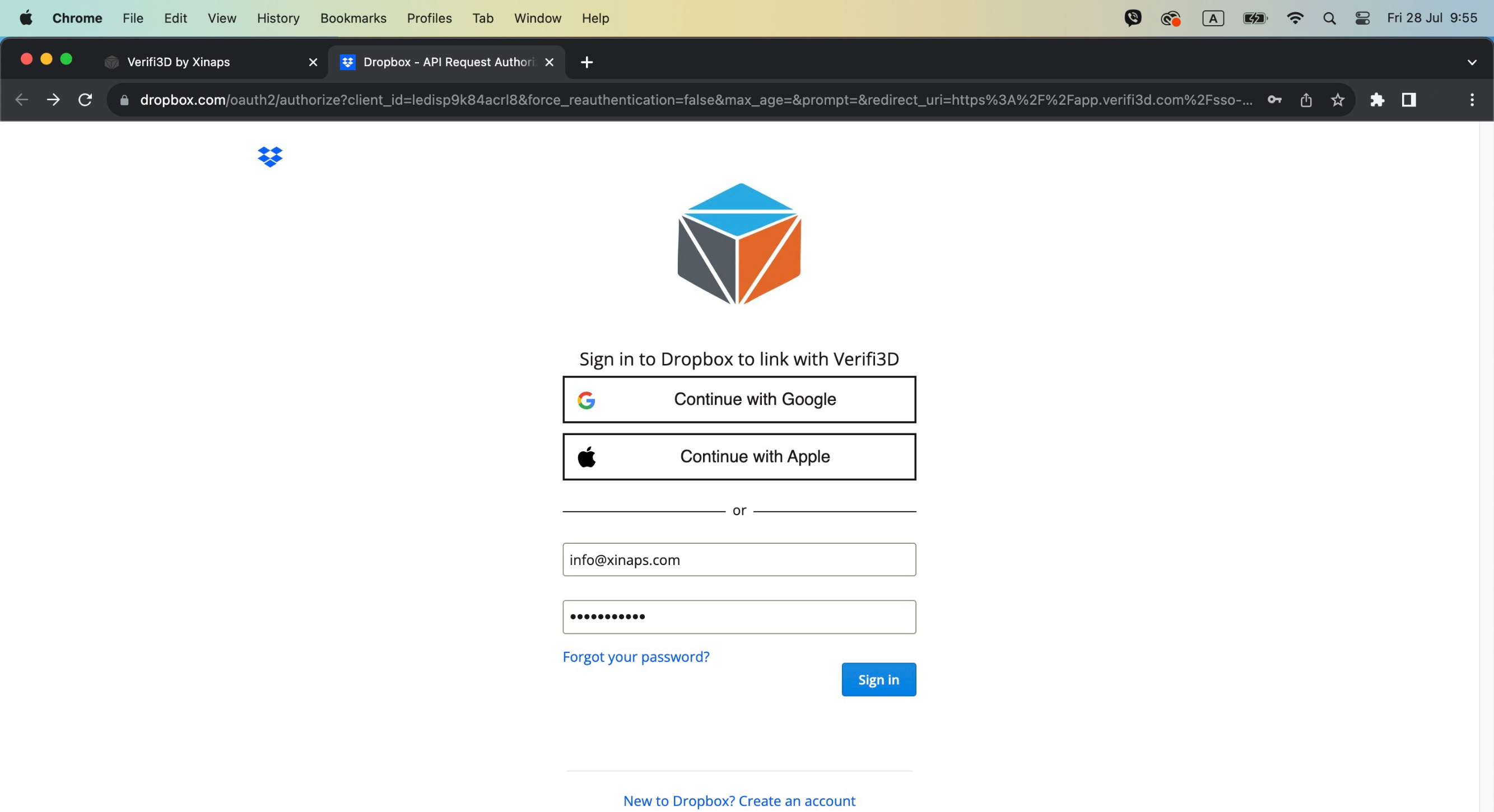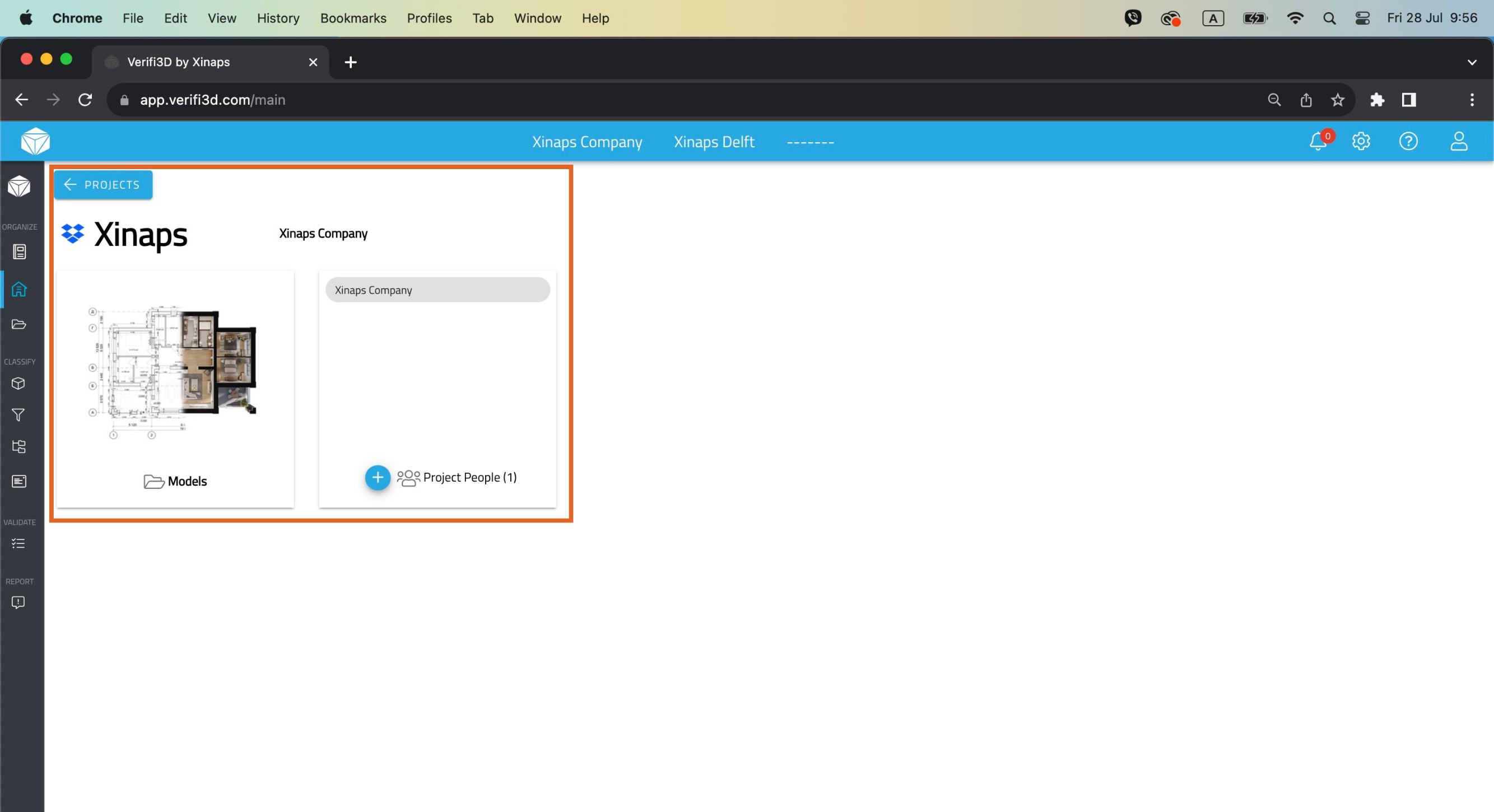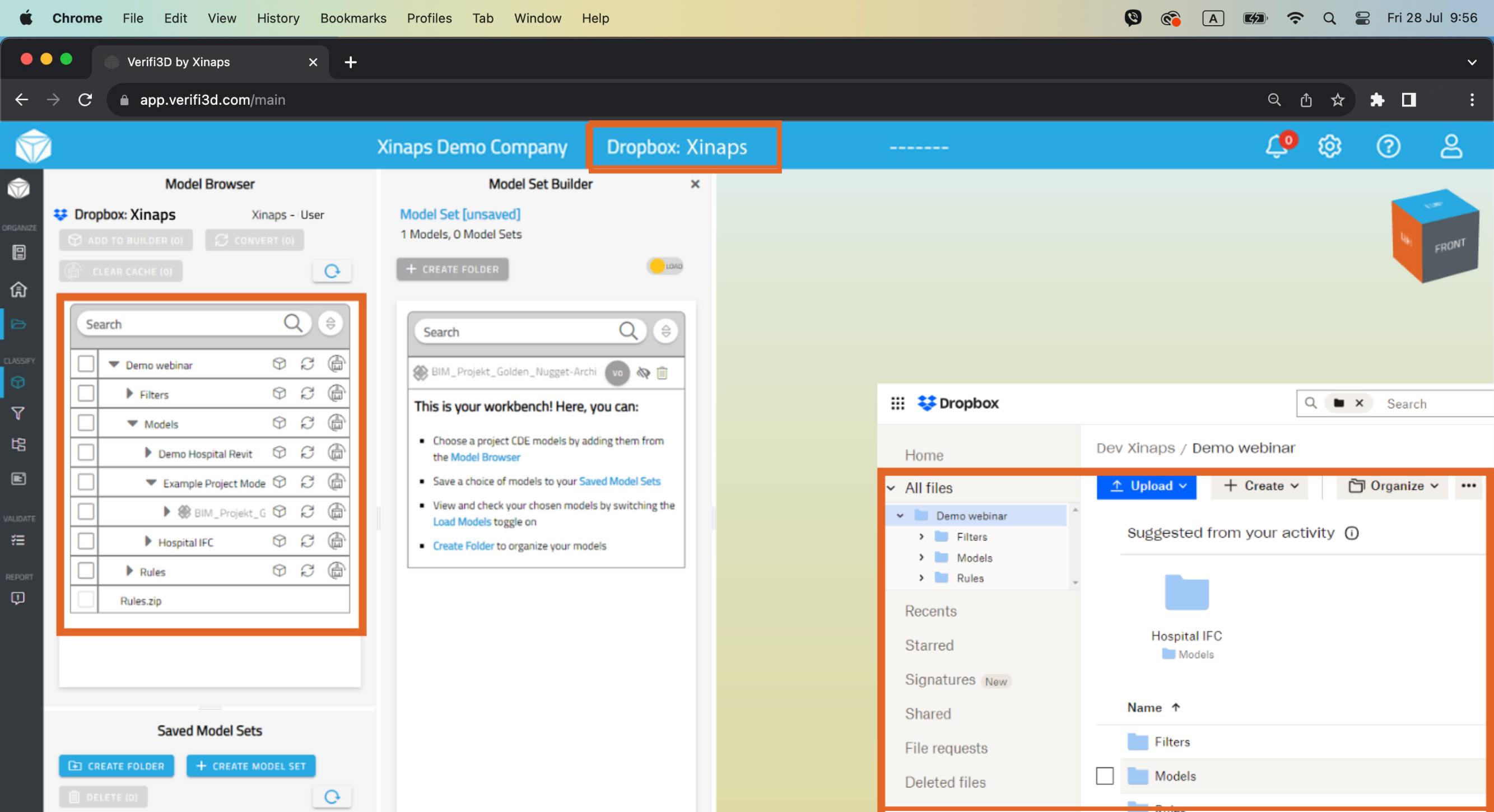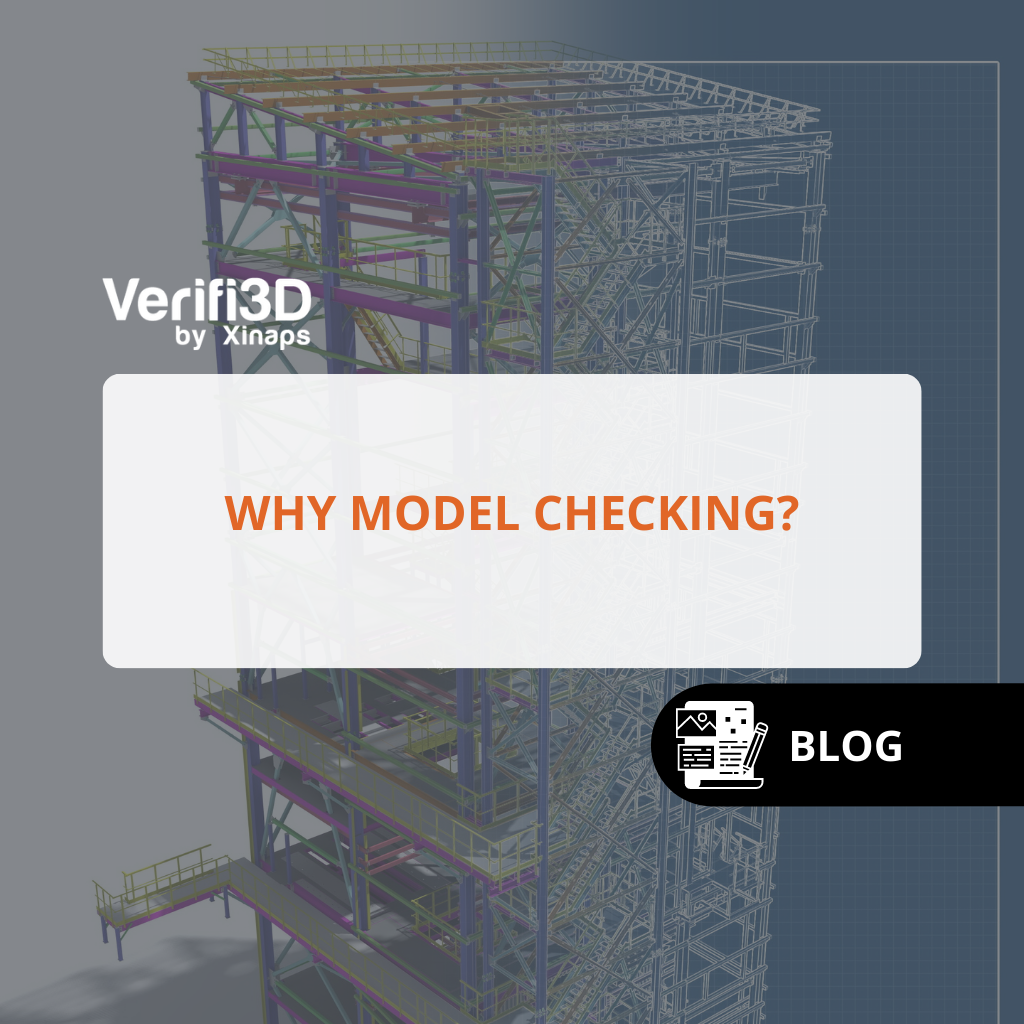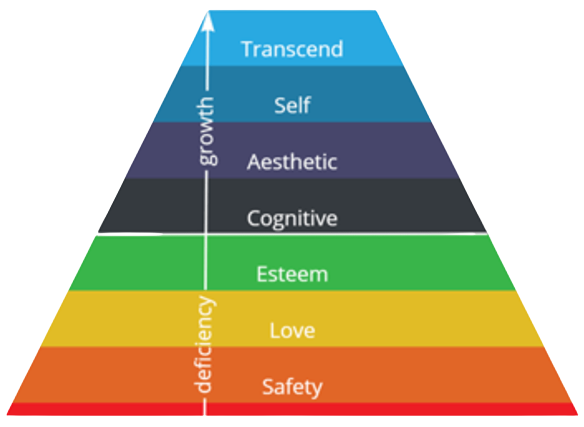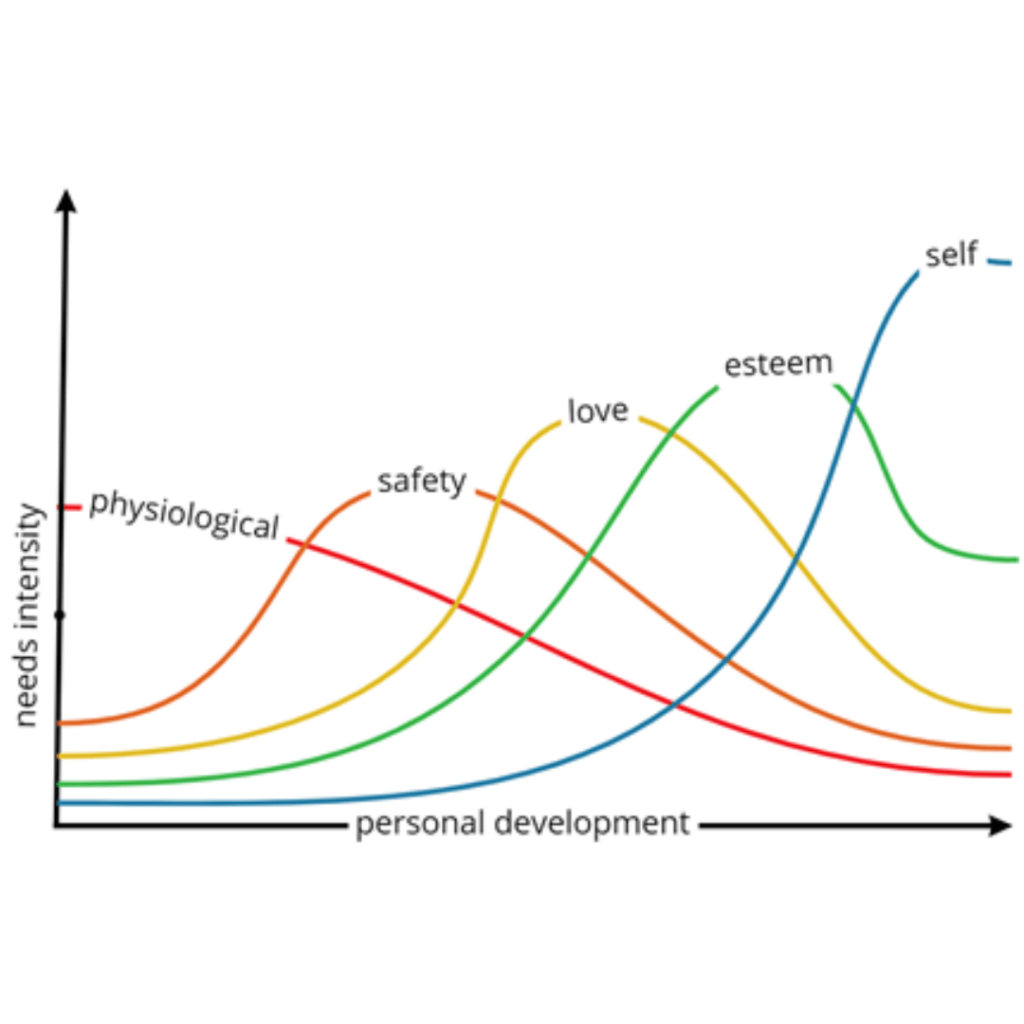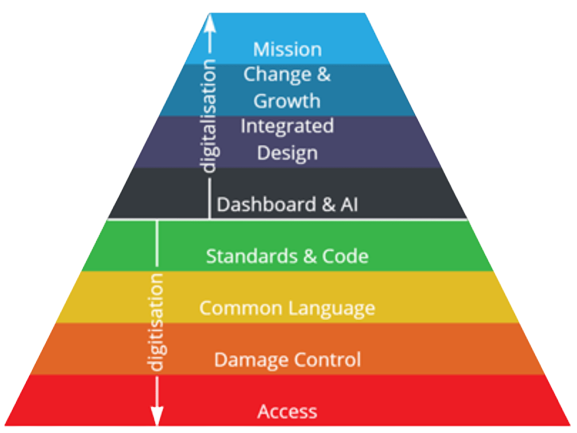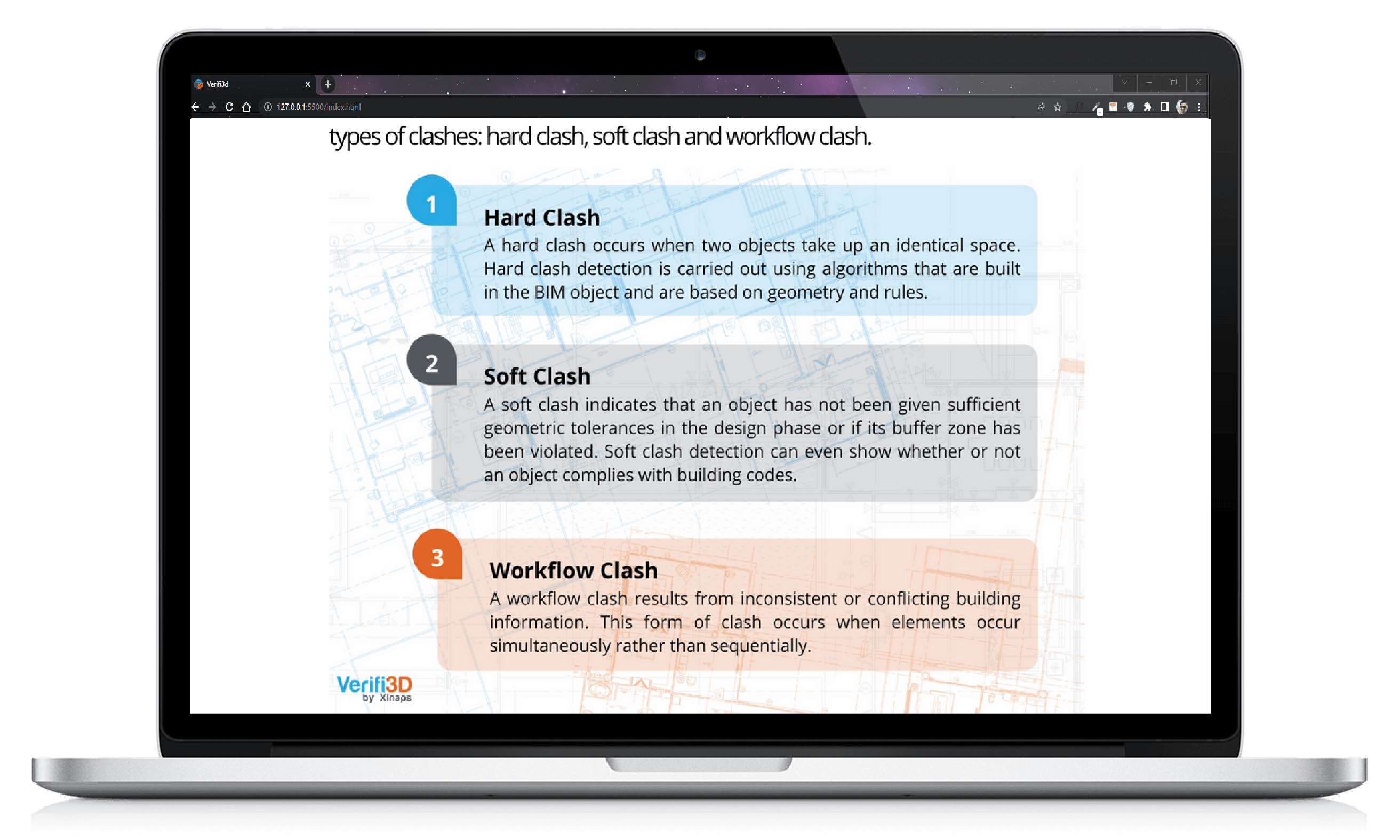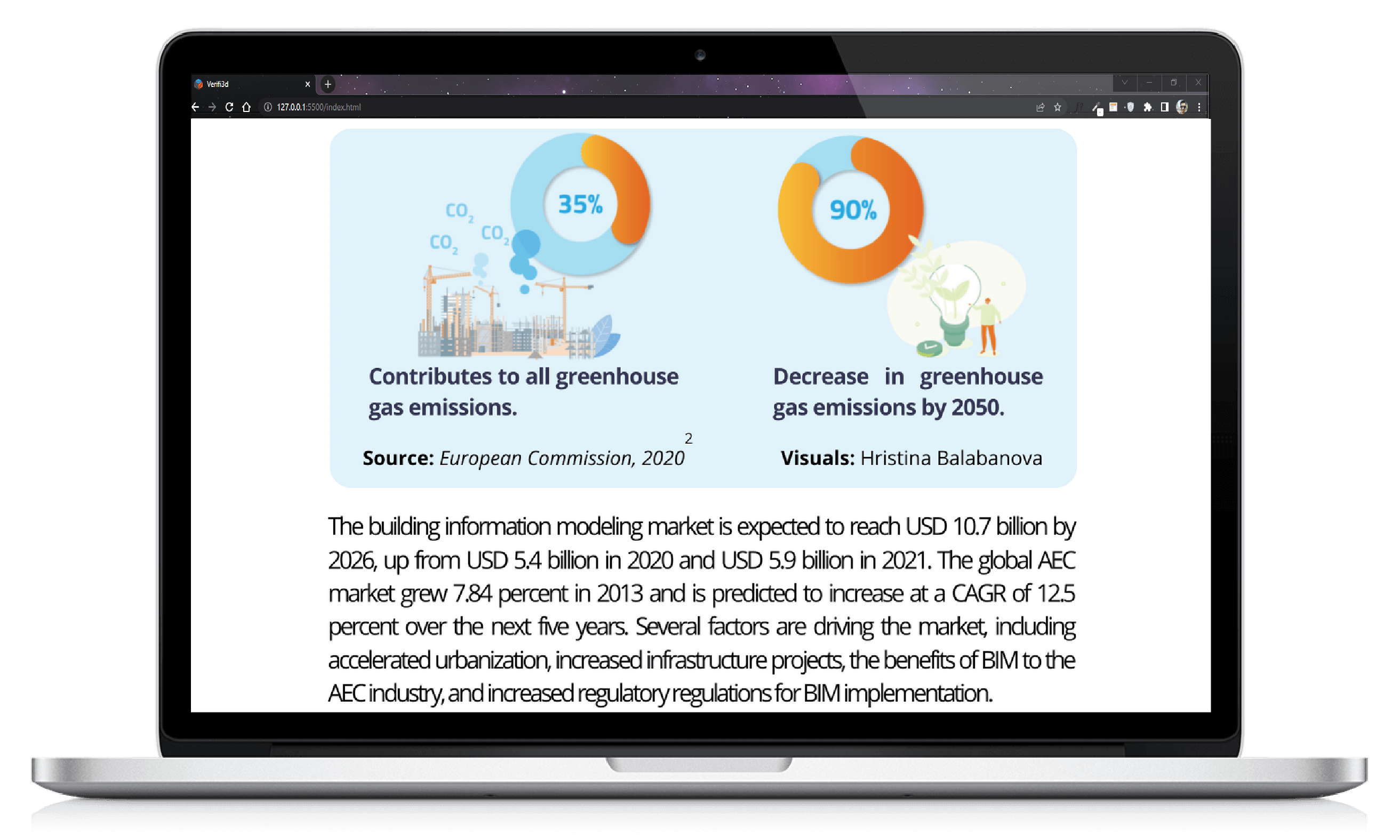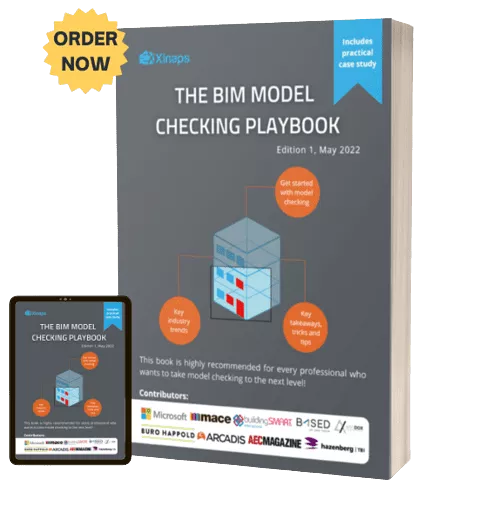
We are excited to announce that Verifi3D is now integrated with Dropbox, the global content collaboration platform. This integration allows users to seamlessly sync and access their models (.rvt and IFC files) between Verifi3D and Dropbox, all in a browser, making it easier than ever before to collaborate on building design models and ensure that they are accurate and error-free.
As models are brought in from different sources (locally stored, desktop, cloud), they quickly become out of sync when changes are made. We are delivering business value to organizations to break down silos and counter the challenges in model checking. The federation between the models can be managed using Verifi3D’s unique model coordination capabilities. It enables different disciplines involved to coordinate, unify multiple files, and view federated models.
With two-way sync, users can make changes to their models in either Verifi3D or Dropbox and have those changes automatically reflected in the other solution. It brings the latest version of BIM files right into the workflow by having a single source of truth for all project data. Thus, enabling seamless collaboration with team members and streamlined workflows.
“We are thrilled to integrate with Dropbox,” quotes Frank Schuyer, CEO of Xinaps. “Teams will be able to collaborate on BIM models more easily, streamline their model checking process, and improve the quality of their building designs anywhere, anytime in the cloud. The integration with Dropbox is just the first step in our mission to make model checking more efficient and accessible for everyone.“
This integration brings together the best of both worlds, allowing users to easily access, sync and collaborate on their building design models between Verifi3D and Dropbox. It is a major step forward for model checking and collaboration, making it easier for teams to optimize their workflows and increase productivity.
“We are excited to see how our customers will take advantage of this new feature,” adds Frank Schuyer, CEO of Xinaps.
Verifi3D’s integration with Dropbox is just the first step in a series of planned integrations with other leading solutions, aimed at further improving the efficiency and accessibility of model checking.
Contributor
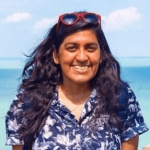
Marketing Executive
Xinaps




